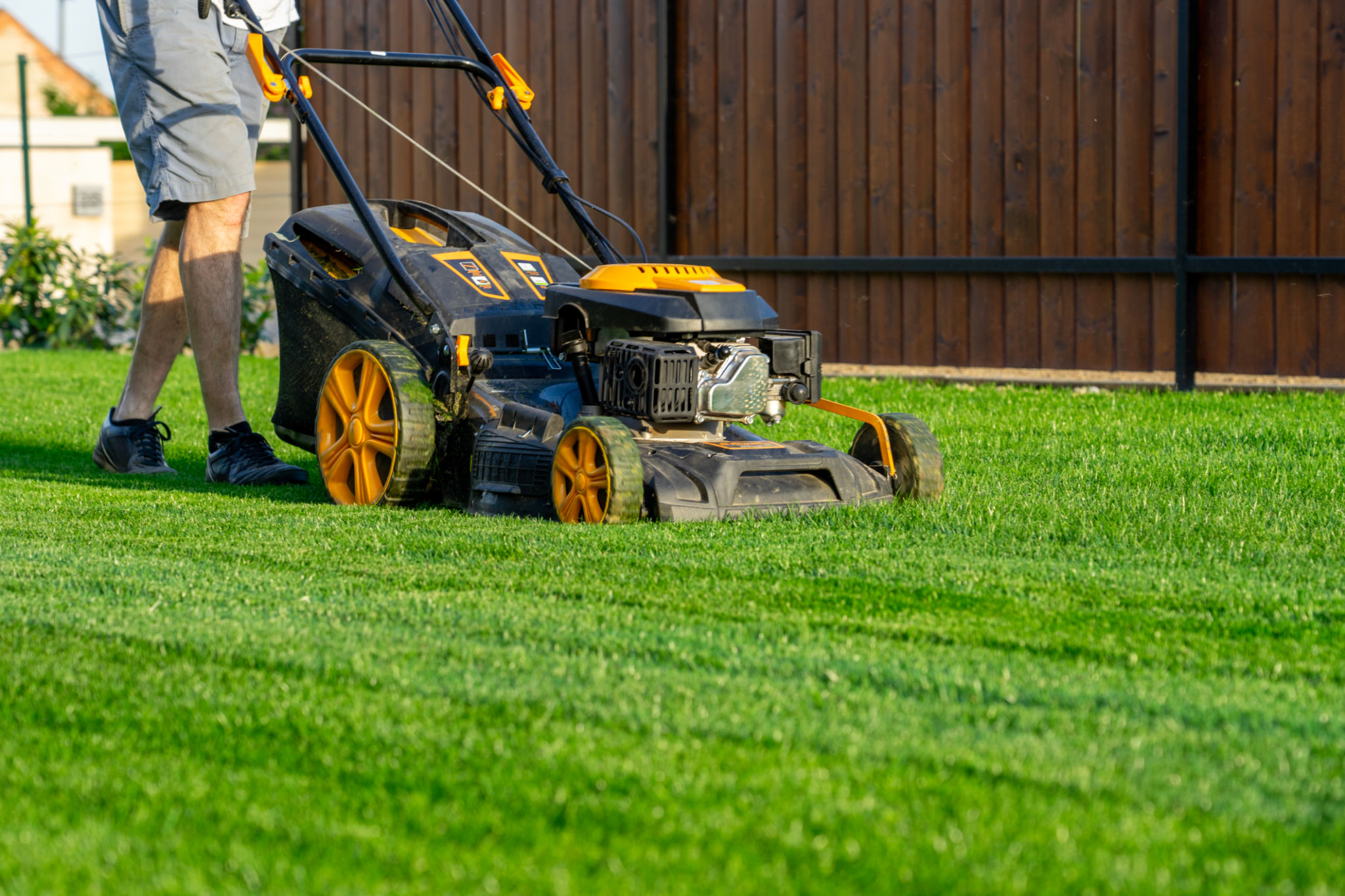How Often Should You Mow Your Lawn for a Healthier Yard?
Understanding Your Lawn's Growth Cycle
One of the key factors in determining how often you should mow your lawn is understanding its growth cycle. Grass grows at different rates depending on the season, weather conditions, and the type of grass you have. During the spring and early summer, lawns tend to grow more quickly due to warmer temperatures and increased rainfall. In contrast, growth slows down during the heat of summer and picks up again in the fall. Recognizing these patterns will help you establish a mowing schedule that keeps your lawn healthy.

Factors Affecting Mowing Frequency
The frequency at which you mow your lawn can vary based on several factors, including the type of grass, climate, and personal preference. Cool-season grasses, such as Kentucky bluegrass and fescues, typically require more frequent mowing during their peak growing periods in spring and fall. On the other hand, warm-season grasses like Bermuda and Zoysia grass grow more vigorously during the summer months. Local climate conditions, such as rainfall and temperature, can also influence how often you should mow.
Additionally, personal preference plays a role in mowing frequency. Some homeowners prefer a neatly trimmed lawn at all times, while others may opt for a more natural look. Balancing aesthetic preferences with the health needs of your lawn is essential.
The Ideal Mowing Height
Maintaining the ideal mowing height is crucial for a healthier lawn. Most experts recommend following the "one-third rule": never cut more than one-third of the grass blade length in a single mowing session. Cutting too much at once can stress the grass and hinder its ability to photosynthesize effectively. For most grass types, this means keeping your lawn between 2.5 to 4 inches tall. Taller grass retains moisture better and provides shade to the soil, reducing weed growth.

Establishing a Mowing Schedule
Creating a regular mowing schedule based on your lawn's growth rate is essential for maintaining its health. During peak growing seasons, you may need to mow once a week or more frequently if growth is rapid. As growth slows down in the hotter months or during drought conditions, mowing every two weeks may suffice. It's crucial to adjust your schedule based on real-time observations of your lawn's growth rather than sticking rigidly to a predetermined timeframe.
Consistent mowing not only maintains an even appearance but also helps promote denser grass growth. A denser lawn can better withstand foot traffic and resist pests and diseases.
Avoiding Common Mowing Mistakes
Avoiding common mowing mistakes can significantly impact the health of your lawn. One mistake is mowing with dull blades, which tears the grass rather than cutting it cleanly, leading to brown tips and increased susceptibility to disease. Ensure your mower blades are sharp for a clean cut. Another mistake is mowing in the same pattern every time, which can compact the soil and lead to uneven growth patterns. Varying your mowing pattern not only prevents soil compaction but also encourages healthy grass growth.

Additional Tips for a Healthier Lawn
Beyond regular mowing, several additional practices can contribute to a healthier lawn. Watering deeply but infrequently encourages deep root growth, making your grass more drought-resistant. Fertilizing appropriately based on soil tests ensures your lawn receives necessary nutrients without over-fertilization, which can harm the environment and your grass.
Finally, consider leaving grass clippings on your lawn after mowing. These clippings decompose quickly and act as a natural fertilizer, returning essential nutrients to the soil without contributing to thatch buildup.
